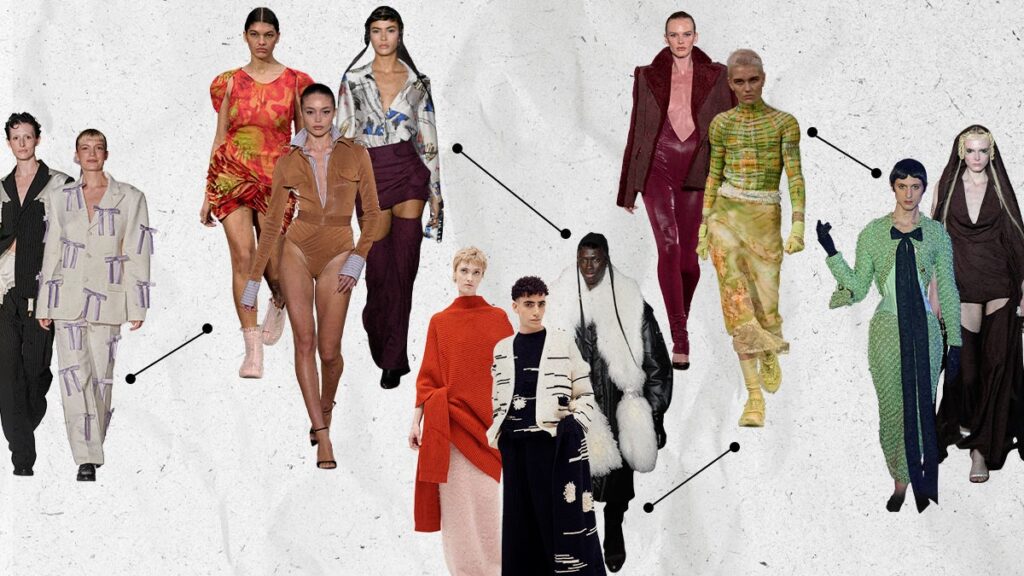This is Connecting the Dots, a series in which writer José Criales-Unzueta looks at how fashion, pop culture, the internet and society are all interconnected.
The biggest topic of conversation at New York Fashion Week this season was money: who has it, who doesn’t, who is making some and who could use more.
A few years ago, when I was a starry-eyed fashion student at Savannah College of Art and Design, professors, visiting designers and industry folk would wax poetic about the ways a young designer could become the next American fashion giant. Origin stories of the current upper echelon were cited often (Ralph Lauren selling ties out of the trunk of his car is a favourite).
But the world, the city and the industry have changed. New York has the CFDA/Vogue Fashion Fund, and designers can look for assistance through the Council of Fashion Designers of America, but it does not have a platform or ongoing seasonal support that London’s Fashion East or Shanghai’s Labelhood provide. There is no Sarabande Foundation supporting designers, and none of the giants that could equate to Dolce & Gabbana in Italy are supporting independent labels the way the brand does each season.
Building a business here is hard, and the models of then don’t necessarily apply to now. Even still, there is a crop of designers in New York, emerging, independent or both, who are making it work and whose businesses exist, in part, because they are based in the city. I spoke to some of them about what they’re doing to stick around, what’s working for them, and what isn’t, in the hopes of identifying the next-gen playbooks to become the new American fashion It-brands. These models are not prescriptive, but they shine a light on what it takes to run a brand in New York City today.
Playbook #1: Nobody puts DTC in a corner
Key players: Collina Strada, LaQuan Smith, Tanner Fletcher, Eckhaus Latta, Sandy Liang
Fifteen years ago, wholesale was the whole game. The pandemic and its effects on the industry exposed the flaws in this method, and designers in New York started to look inwards. Every season, more independent brands in the city offer pre-orders to supplement their wholesale orders and to find the cash to fund internal buys for their own e-commerce sites. Now, new designers are making sure to launch their businesses with DTC (direct-to-consumer) channels, no matter how small — Interior NYC or Jane Wade spring to mind.
